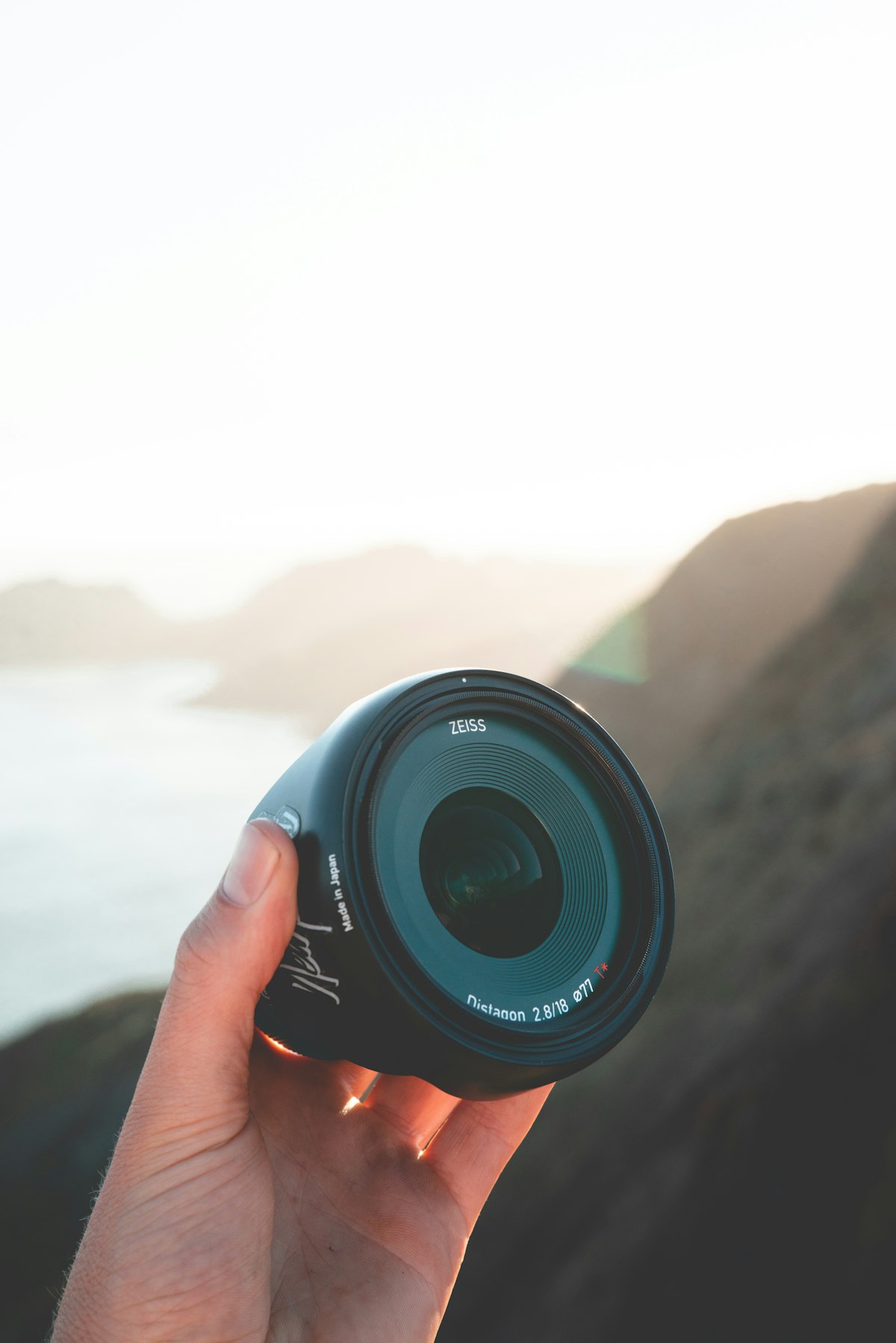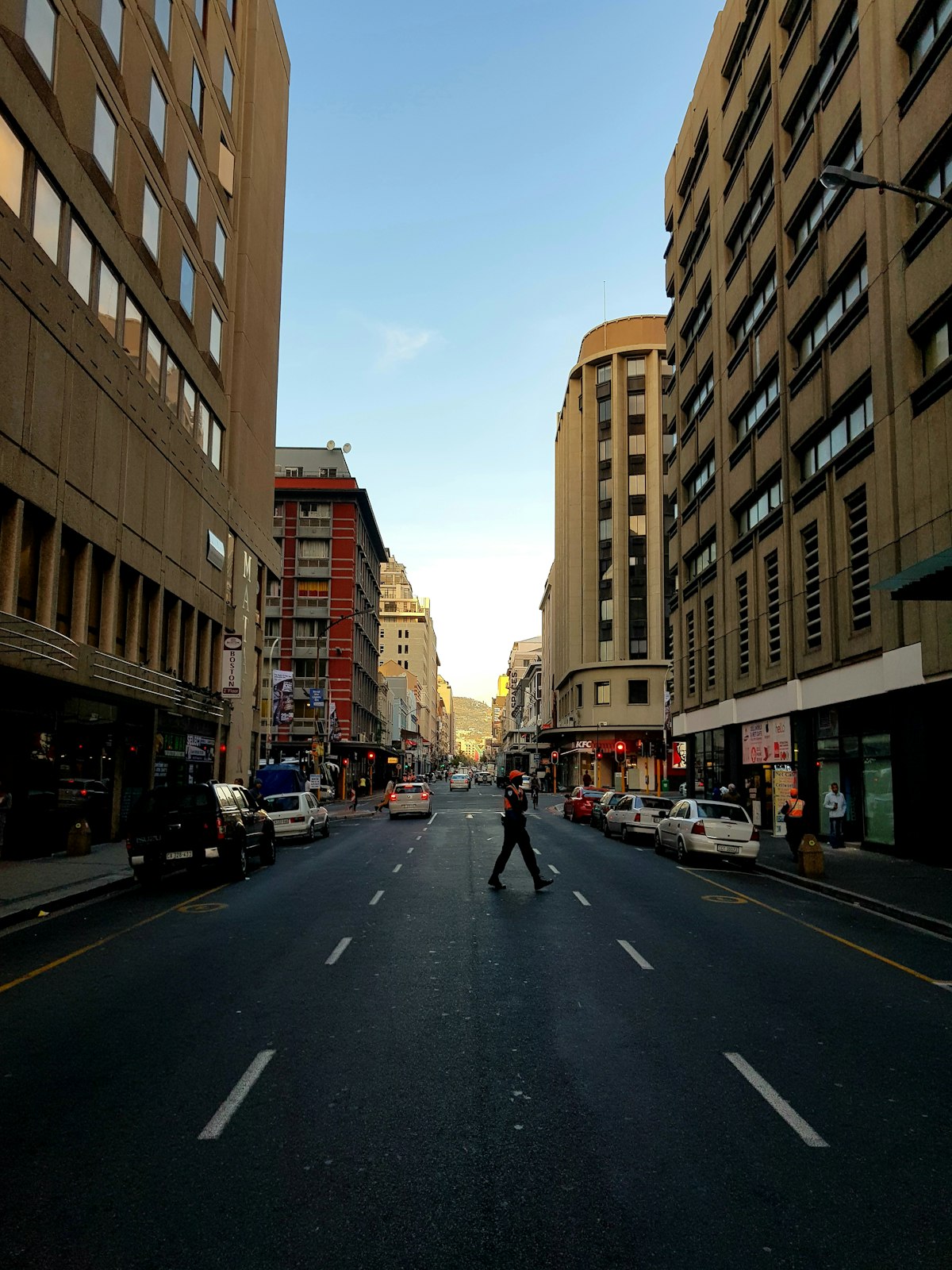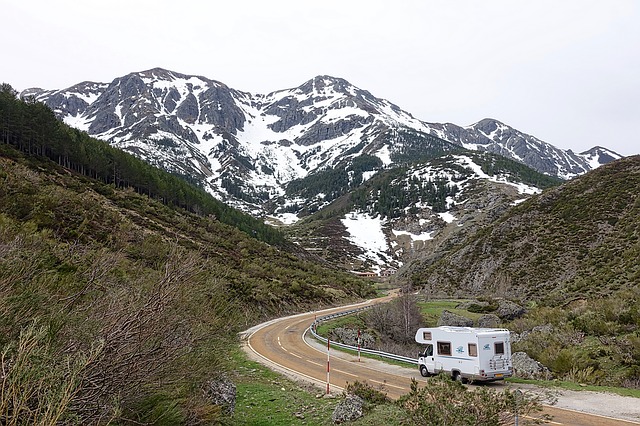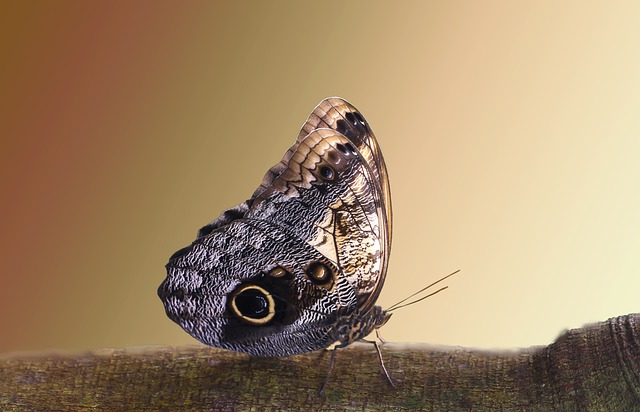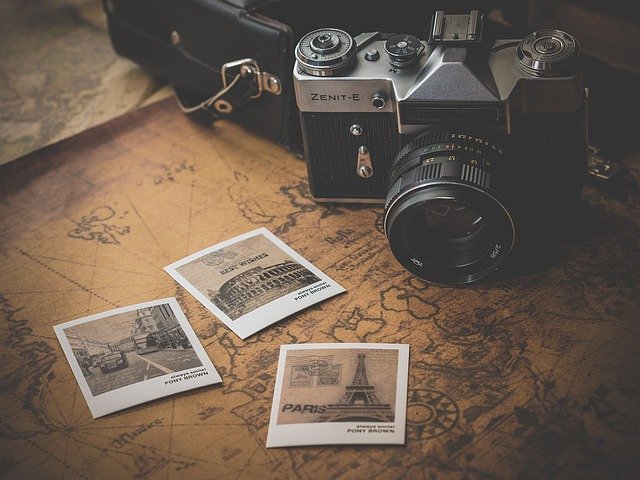
Just about everybody loves to take a picture or two. Many photographers put the time and effort into their photographs like they should. Keep reading for a selection of insights and ideas that are commonly used by successful photographers.
Experiment with new things, and do not be afraid to take original pictures. A great photograph should be not only aesthetically pleasing, but should also showcase a personal style. Avoid the same pictures that have been done over a thousand times. Look for different angles to emphasize different aspects of your subject.
Experiment with different shutter speeds to see what works best for different scenarios. You can either capture a precise moment or use a higher exposure to blur together a period of time. A fast shutter speed can stop a moving object in it’s tracks, while a slower speed allows you to blur motion a bit, such as water moving over a waterfall.
One great tip for photography is to make sure you are looking to other photographers and their work for inspiration. Looking at the work of other photographers will remind you that there are endless ways to capture a moment.
Keep the process you use for taking pictures as simple as you can. When photographing a specific event, set your camera’s features on the appropriate settings ahead of time.
Experiment with the white balance feature. When you are taking photos inside, many times your pictures will end up looking a little yellow from the light bulbs. Rather than adjusting the lighting in the room, switch the camera’s white balance to change the atmosphere. This will give your pictures a professional appearance.
Try not to capture an overcast sky when taking pictures. Including too much of a gray sky will make your pictures appear muted and washed-out. A better option for shooting in overcast is to use black and white. Include a blue and beautiful sky if you want to. but make adjustments for available light.
Practice shooting under a variety of lighting conditions, from different angles, and with each of the built-in features included in your camera. You don’t have to shoot a unique subject to capture a great photo. A good photographer should be able to make a picture of an unoriginal object look interesting, thanks to their skills and artistic talent. Try different things to see what works for you.
Make sure the subject you are photographing is close enough to clearly see. There isn’t anything worse than a photo where you cannot see any of the details of your subject. Try to make it easy on your audience to be able to see images clearly and vividly.
Make sure you pack your photography equipment with care when going on a trip. Bring as many lenses you think you’ll need and never forget to have spare batteries and maintenance accessories. Never pack more than you need. Think about which items will be convenient for taking on your trip.
Pre-focus your camera before moving slightly, so your subject isn’t centered in the frame. Perfect composition is not necessarily the most interesting or artistic photographic technique. Shooting a photo that is not exactly centered on the subject may produce more interesting results for your viewers.
Don’t forget the little things you see when traveling, they might make an amazing photograph! If you don’t photograph the fine details, you may not remember them later. Oddball items you come across, street signs and paper memorabilia can be great subjects.
Visit a thrift store to buy a film camera if you would like to test out the older film-based photography. You can use ISO 200 black-and-white film to get a great balance between versatility and dramatic results. You can have your photography printed on several types of paper to see which makes the most dramatic impact.
Take some notes as you are snapping photos. While sorting through your photos afterwards, there may be so many shots that you find yourself having trouble remembering exact details or emotions during that moment. Buy a small notebook to write down all your information on the photos. Number your photographs, and write this number down in the notebook next to the description of that photograph.
Learn a valuable art in composition by learning that less is more when it comes to your photos. You should have no reason to have a bunch of clutter or elements in your shot. When you keep your backdrop and props simple, your subject has an opportunity to shine.
It might seem like a beginner’s tip, but even pros forget that sometimes less is more. When dealing with any photo, don’t over-think things. There isn’t any reason to add more elements or clutter to your shots. There is beauty in the art of simplicity, so keep your shots simple!
When traveling, look for interesting features, monuments, and buildings to photograph. To get an idea of the picturesque local sites, visit a shop with a postcard rack. Local subjects and attractions featured on postcards are likely memorable and distinctive enough to be worth your photographic attention.
There is an erroneous emphasis on placing your subject in the center of your photograph. While symmetry and perfection are things people look for, try and take pictures of your subject off center. Turn off the auto-focus so that your camera doesn’t lock its focus onto the center of your shot. Override this by focusing manually, locking the focus before you capture the shot.
Many people believe that it is advantageous to wear white when they are being photographed. However, white is actually one of the most unfavorable color choices. Cameras that use autofocus try and determine all the different shades that are present within the photograph. It will be easier to appear washed out in white clothing.
Experiment with different perspectives, scale and photographic expression. Any simple subject can be transformed into something artistic when it is used in a funny, unique way, or made to look much smaller or much bigger than it is. To get a new view of a familiar object, work on the compositions.
Though you might feel tempted to use the lowest setting on your digital camera, make sure you understand the consequences of your action. You should only apply the lowest settings if you are confident that the images will only be shown on a computer display.
Limit yourself to ensure that each photograph you take is creative. You might want to decide to only take pictures of “sweet” things, for example. From one viewpoint, shoot around 100 photos. By using limitations to your advantage, you’ll be forced to think more creatively, resulting in interesting and unusual pictures.
Using the manual white balance on a camera can be very beneficial for your photography. This allows you to have greater control over your pictures by altering the overall mood and tone. It takes some practice to get things right, but you can be more creative with your photos when you utilize manual white balance.
When you take a photograph, try using manual white balance. This will change the mood within your photograph, and allow you to control exactly how your composition turns out. It will take some time to learn how to adjust the white balance for the proper look; however, in the end, it will allow you to add a little creative flair to your pictures.
Unless you learn to properly use your camera’s ISO functions, you may be ruining your shots. Setting the ISO at a higher level increase the grain and noise of your photograph. Unless your picture needs grain, a high ISO can be a negative thing for your shots.
To add interest to your photographs, experiment with your camera’s focus. You can increase the clarity of the main subject and blur the background by reducing the f-stop number. This is especially good for portraits. A higher f-stop number brings the whole view into focus. You want to do this when taking landscape photos.
Look for ways to create an artificial silhouette. The most often used way to create silhouettes is by using sunset. However, a variety of other approaches can achieve similar results. If your background is brighter than your subject, you will be able to see a silhouette. If you place a flash behind your subject, or if you position your subject in the front of an illuminaated window, you’ll have the ability to form the perfect silhouette. Be sure, however, that the resulting outline gives a flattering depiction of the subject.
Finding photographic equipment that both works well and is enjoyable for you to use is important. Most photographers go with the Big Two: Nikon and Canon. However, there are other reputable equipment manufacturers out there.
Try taking photos at different angles to make them more creative. Head-on shots are common; anyone can shoot those kinds of pictures. Look down at things from high up, or get down on the ground, and look up at them. Other interesting alternatives are framing your subject from a diagonal or sideways view.
Pay attention to how sharpness works as well as where it will appear in your image. Many people focus the sharpness of their photograph around the center of the frame. You can tool around with sharpness through the adjustment knob on your lens. The image then becomes progressively more blurry closer to the edges.
Phone Cameras
Your camera can be a fantastic way to get beautiful shots if used correctly. Learn how to use the different features. For instance, play with the depth of field to draw attention to your main subject.
Lighting issues can still plague cell phone cameras, despite the fact that they’ve improved in quality. Most phone cameras don’t have a flash built-in, so it’s important to make sure as much available light hits your subject as possible. If you can zoom in, it will help to block out sunspots and shadows.
Get down so that your camera is on the same height as the eyes of your subjects. This is a very simple solution to a problem that can drastically improve photo quality.
Be mindful to stay in optical zoom rather than digital zoom when you are zooming in close on your subject. Lots of cameras allow you to zoom really close, but when your camera switches to digital zoom, the quality of the photo is going to suffer greatly. Image quality is decreased in digital mode because it adds interpolated pixels to the generated image. Check your camera manual to find out how to disable this feature in your particular model.
Although the quality in cell phone cameras has drastically increased, you should watch out for issues with lighting. Most of the average, consumer-based cellphones do not have a flash installed. When taking pictures without a flash you must be far more aware of the lighting in the scene around you. Zooming in is a great way to cut out some of the shade or shadows around the user.
Consider the purpose of your pictures before you take them. Sometimes it is better to shoot a picture horizontally and other times vertically. You can probably edit your photo either way once it has been downloaded, but sometimes, you can get a better result by using the right orientation in the first place.
Be wary of digital zoom, as opposed to optical zoom, when you are taking a particularly close shot. Lots of cameras allow you to zoom really close, but when your camera switches to digital zoom, the quality of the photo is going to suffer greatly. Digital zoom mode interpolates the pixels of the shot and adds them into the photograph, which lowers the quality of the picture. You need to study the manual to see how to disable the feature.
Take pictures that are close and personal. Use the zoom feature of your camera, or get physically closer for the shot. Make sure your subject completely occupies the shot’s frame. If there is too much background present, no matter how beautiful it may be, it can take the attention away from what you are trying to focus on. If you keep your subject close, its intricacies and specifics can be seen more easily.
Crop your pictures strategically. Sometimes a picture is great, except there could be an unattractive element in the background, like a sock. Sometimes, you may have taken a perfect picture that is slightly off-center. Those issues are easily fixed by cropping later.
Now you can just pick up your camera and go out and practice your new skills! You will find your photo’s quality improving in no time!
Photography is not an art form to rush, not when you are learning it and certainly not when you are waiting for the perfect shot. A good shot is either there, or it isn’t. By forcing it, you will have disappointing, lazy pictures.
This article has proven that there is a lot to Gopro Accessories, pure cotton down alternative pillow
wholesale mattress protector twin xl
mattress and box spring encasements. You should use the tips you just read in this article and put together a solid strategy. Do not stop when you reach that, however, and keep learning what you are able to.






